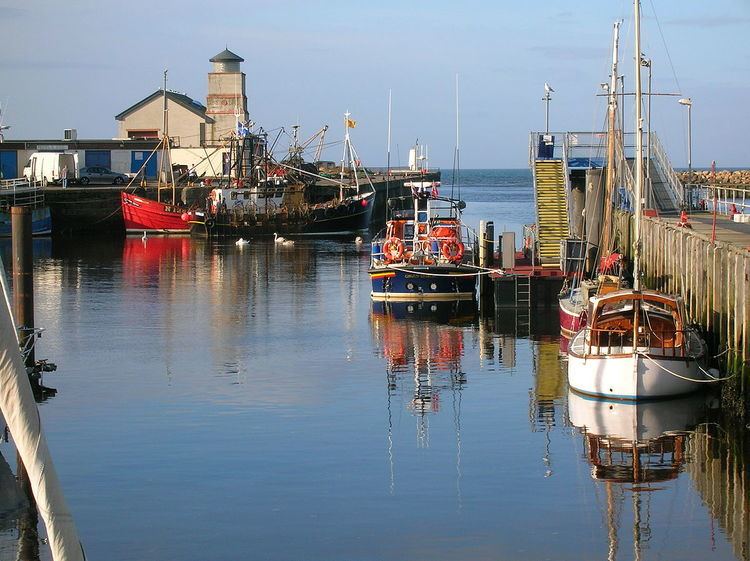 | ||
Since its inception, the Royal National Lifeboat Institution (RNLI) has provided lifeboats to lifeboat stations in the United Kingdom and Ireland.
Contents
Once past their operation life, the boats have mostly been sold by the RNLI and purchased for domestic use, marine businesses for usage such as further sea lifesaving functions, diving, fishing and pleasure trips or to maritime lifesaving institutions from other countries to continue a lifesaving role. Some lifeboats of particular historic note have been preserved in museums.
History of lifeboats
The Royal Institution for the Preservation of Life from Shipwreck (RNIPLS) was founded in March 1824. The RNIPLS provided lifeboats to local committees, the Coastguard and harbour authorities. The Duke of Northumberland financed a competition for a standard design of a lifeboat. The winner was William Plenty, of Newbury, Berkshire. These "pulling boats" (rowing) were between 18 and 26 feet in length and were powered by between 4 and 10 oars. They had cork in their hull and shaped air-cases fore and aft. Their double-ended designs could operate a rudder from either end, so there was no need to turn.
The RNIPLS suffered from lack of funds and poor organization. Following the loss of the RNIPLS lifeboat Providence and 20 of her crew of 24 in the mouth of the river Tyne in December 1849, the need for reorganisation was recognised. Algernon Percy, 4th Duke of Northumberland, then First Lord of the Admiralty, took control. Richard Lewis was appointed secretary. The RNIPLS was replaced by the RNLI. Plenty's design was retired and a new design was introduced. These were larger, self-righting boats. They had a narrow beam, were 34 or 35 feet long with higher end-boxes containing the air-cases and were tested to self-right when capsized.
Later lifeboats were increased in length and were optionally powered by sail. Motors were introduced in the early 1900s. They had a greater range, facilitating the merging of lifeboat stations. Innovation in the design of lifeboats is continuous.
In 1962 the need for inshore lifeboats (ILB) was recognised. A French design was adopted, this was an inflatable of 16 foot length and a 40 hp engine with a speed of 20 knots. It was faster than conventional lifeboats, at that time, could traverse shallow waters, go alongside persons in the water without harming them, and the running costs were much less than conventional lifeboats.
Lifeboat classes
Many lifeboat designs were named after their designers or the area of the UK they came from. More recently they have been named after rivers of the UK and Ireland. Each class has several designs and lengths and their means of power ranges from early rowing, sailing, steam, petrol and now diesel.
Historic Lifeboat Owners Association
The Historic Lifeboat Owners Association has been set up for individuals who own, maintain, crew or have a general interest in historic Lifeboats, the association is a community whereby people can share knowledge, experience, information and advise on the subject, organizes social events and historic Lifeboat rallies.
At the beginning of each Summer an ex Lifeboat rally is held at Fowey in Cornwall whereby owners bring their boats and display them to the public, this event is organized by Fowey RNLI which is a good opportunity to raise funds for the RNLI. Rallies have also been held in Falmouth, Belfast, Glasgow, Poole and Yarmouth, Isle of Wight.
